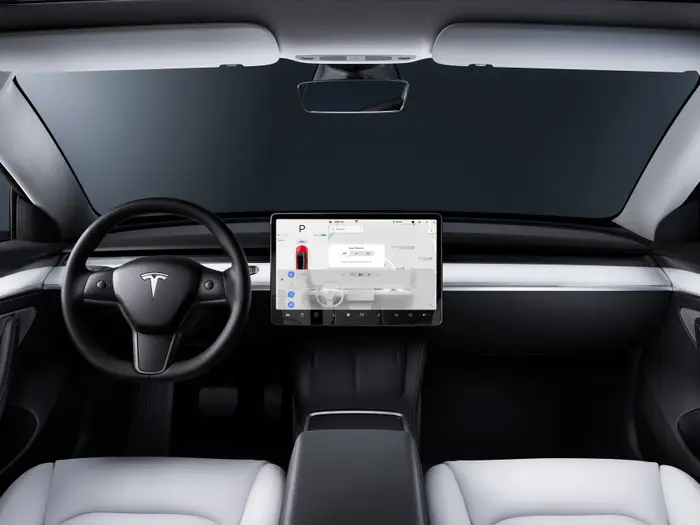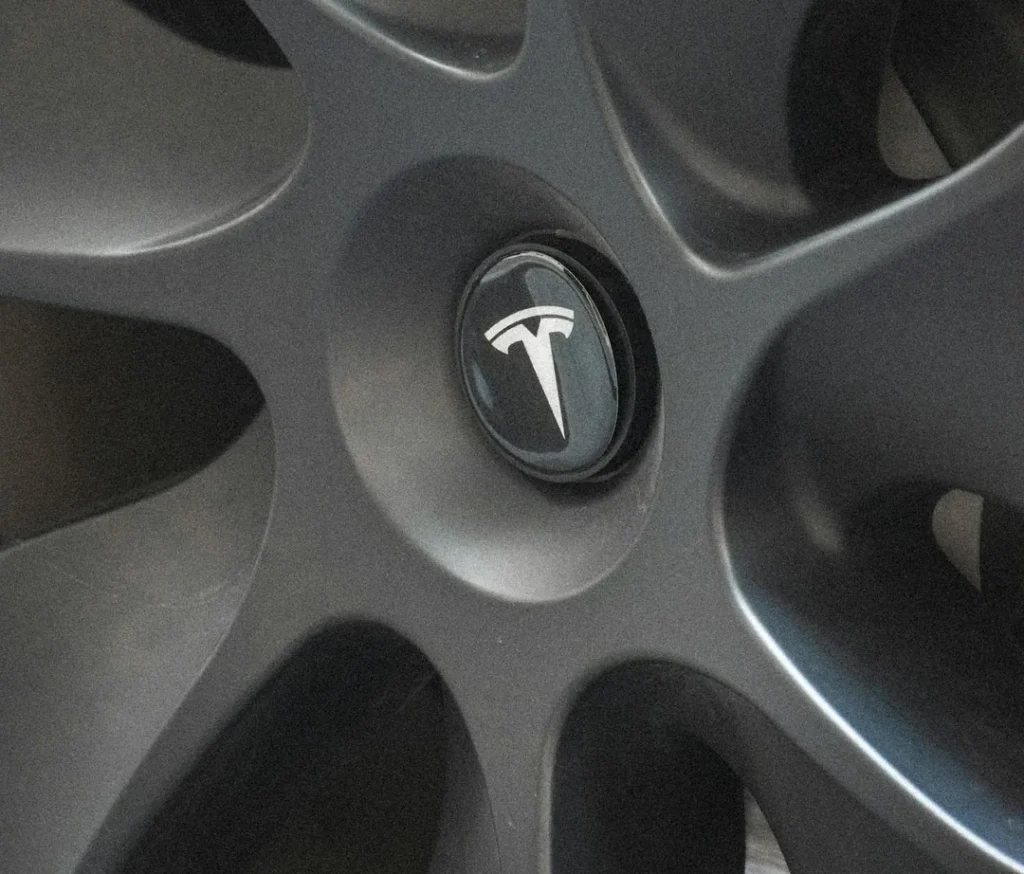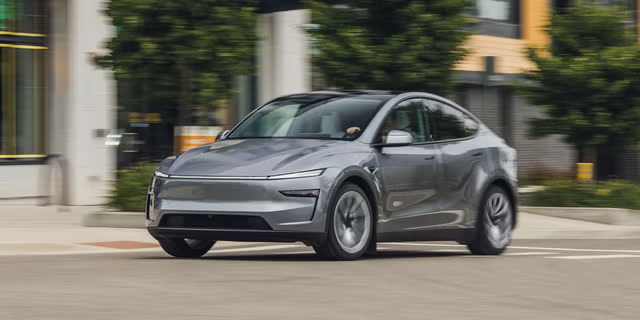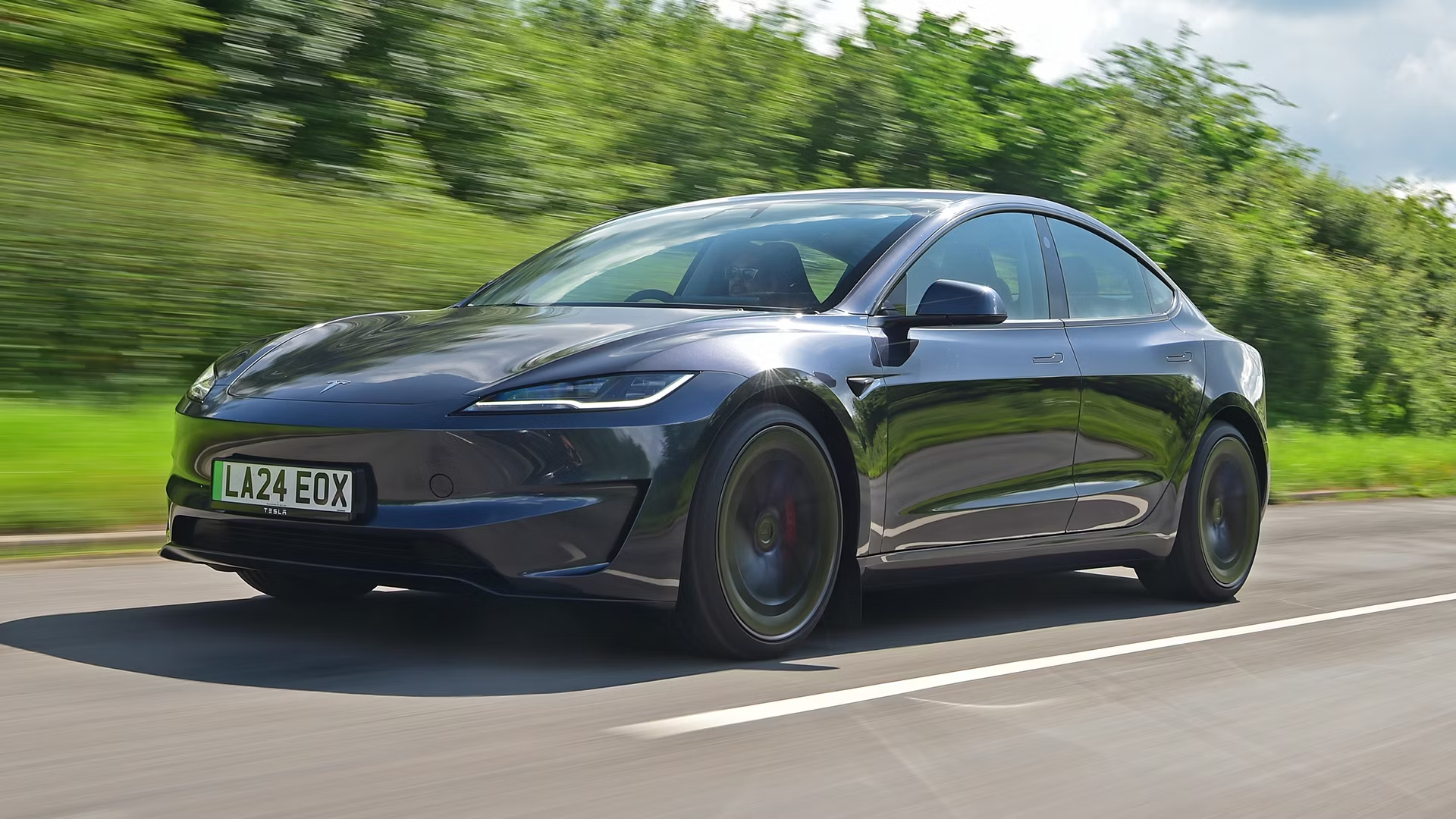TESLA CAR PRICE IN PAKISTAN 2025
When you hear “Tesla,” what comes to mind? For many, it’s the quintessential electric vehicle (EV)—a symbol of a zero-emissions future. But to define Tesla solely as a car company is to miss the point entirely. Over the past decade, Tesla has systematically redefined itself, transforming from a niche automaker into a comprehensive clean energy and technology platform.
This isn’t just about replacing a gasoline engine with a battery pack. It’s about reimagining the entire ecosystem of transportation, energy, and automation. Tesla has built a closed-loop, vertically integrated empire where each component—the vehicle, the software, the charging network, and the energy products—reinforces the others, creating a formidable and unique competitive advantage.
The Core Philosophy: The Machine that Makes the Machine
At the heart of Tesla’s redefinition is a philosophy espoused by CEO Elon Musk: focus on “the machine that makes the machine.” This means relentless innovation isn’t just applied to the final product, but to the manufacturing process itself. From the massive Giga Presses that cast entire vehicle underbodies in one piece to the proprietary “unboxed” manufacturing process for its future models, Tesla is as much an advanced manufacturing company as it is a car company. This drive for manufacturing efficiency is what allows them to continuously lower costs and improve scalability, a challenge that has plagued legacy automakers in their transition to EVs.
The Vehicle Lineup: From Aspirational to Accessible
Tesla’s vehicle strategy has been a masterclass in market penetration. It started with a low-volume, high-price sports car (the original Roadster) to fund the development of a premium sedan (Model S), then a premium SUV (Model X). This established the brand’s reputation for performance and luxury. The true revolution came with the mass-market Model 3 and Model Y, which brought Tesla’s technology to a global audience. Today, the lineup is more diverse than ever, including the polarizing Cybertruck.
Here is a detailed breakdown of the current Tesla vehicle lineup (Pricing is approximate MSRP before potential incentives and does not include destination fees):

| Model | Category | Starting Price (USD) | Key Features & Description |
|---|---|---|---|
| Model 3 | Compact Sedan | ~$38,990 | The cornerstone of Tesla’s mass-market strategy. Renowned for its efficiency, minimalist interior, and sharp handling. Recently updated with refreshed styling, ambient lighting, and improved materials. Offers a perfect balance of range, performance, and value. |
| Model Y | Compact SUV | ~$43,990 | The world’s best-selling car in 2023. Builds on the Model 3’s platform with a higher seating position, more cargo space, and optional third-row seating. Its versatility, immense cargo capacity (with frunk and under-trunk space), and family-friendly features make it an incredibly popular choice. |
| Model S | Full-Size Sedan | ~$74,990 | The flagship sedan that put Tesla on the map. A blend of supercar acceleration (Plaid model: 0-60 mph in <2 seconds) with executive sedan luxury. Features a revolutionary yoke steering wheel, a 17″ cinematic left-right tilting screen, and exceptional long-range comfort. |
| Model X | Full-Size SUV | ~$79,990 | Tesla’s most premium family vehicle. Famous for its dramatic Falcon Wing doors, spacious and configurable interior with optional third-row seating, and blistering Plaid performance. Offers unparalleled utility and a commanding presence on the road. |
| Cybertruck | Pickup Truck | ~$79,990 (Cyberbeast) | The most radical departure from conventional automotive design. Features an exoskeleton made of ultra-hard 30X cold-rolled stainless steel and armored glass. Designed for extreme durability and utility, with a versatile vault (bed), adaptive air suspension, and immense towing capacity. |
Beyond the Drive: The Features That Redefine the Experience
Owning a Tesla is a different ownership paradigm, defined by software and ecosystem.
- Over-the-Air (OTA) Updates: Your car improves over time. Tesla regularly pushes software updates that can add new features, improve performance, enhance safety, and refine the user interface. A 2017 Model 3 is a significantly better car today than when it left the factory, something no legacy automaker can match at scale.
- The Infotainment System: The central touchscreen is the heart of the car. It controls everything from climate and navigation to entertainment (with built-in streaming services and games). It’s a fluid, intuitive, and constantly evolving digital experience.
- Autopilot & Full Self-Driving (FSD): Every Tesla comes standard with advanced driver-assistance features like Traffic-Aware Cruise Control and Autosteer. The optional FSD Capability package aims for full autonomy, using a powerful AI inference system and a vast fleet of real-world data to train its neural networks. While still a “Level 2” system requiring driver supervision, its capabilities in city street driving are continually expanding.
- Supercharger Network: This is Tesla’s “moat.” A global, reliable, and fast-charging network that is seamlessly integrated into the car’s navigation. It eliminates the “range anxiety” that plagues other EV brands and offers a charging experience that is vastly superior to third-party networks.
The “Extra Tab”: Tesla Energy
This is where Tesla’s redefinition becomes most apparent. The “Energy” tab on their website is as important as the “Vehicles” tab. Tesla is not just a car company; it’s an energy company.
- Solar Roof: Rather than bulky panels, Tesla offers solar-generation integrated directly into beautiful and durable roof tiles.
- Solar Panels: Traditional panels for a lower-cost entry into solar energy.
- Powerwall: A compact home battery that stores solar energy for use at night, provides backup power during grid outages, and can be used for time-based control to save on electricity costs.
- Megapack: A giant battery product for utility-scale storage, helping to stabilize grids and transition the world away from fossil fuel “peaker” plants.
This creates a powerful synergy: a Tesla vehicle is charged by energy from a Tesla solar system, stored by a Tesla Powerwall, creating a personal, sustainable energy ecosystem.
The Price of Innovation
Tesla’s products command a premium, but the value proposition is complex. While the upfront cost is often higher than some competitors, the total cost of ownership can be lower due to significant savings on fuel (electricity vs. gasoline), maintenance (no oil changes, fewer moving parts), and potential tax incentives.TESLA CAR PRICE IN PAKISTAN 2025
Furthermore, the price you pay is for an integrated, software-defined platform that evolves, not just a static piece of hardware. The investment is in a piece of the future, today.

Conclusion: The Platform is the Product
Tesla has successfully redefined itself from “the company that makes electric cars” to “the architect of a sustainable energy and autonomy ecosystem.” The car is the most visible product, but it’s just the entry point into a walled garden of technology. It’s a platform that gets smarter, safer, and more capable with each passing day, all while being powered by a clean energy loop that Tesla itself provides.
They are no longer competing solely with Ford, GM, and Toyota. They are competing with energy companies, tech giants, and a legacy way of thinking about transportation. By controlling the entire stack—from the raw materials and the manufacturing robots to the software, the AI, and the energy infrastructure—Tesla has built a moat that is incredibly difficult to cross. The redefinition is complete, and the future they envisioned is now being built, one OTA update at a time.
https://postnest.cloud/wp-admin/post.php?post=1290&action=edit



